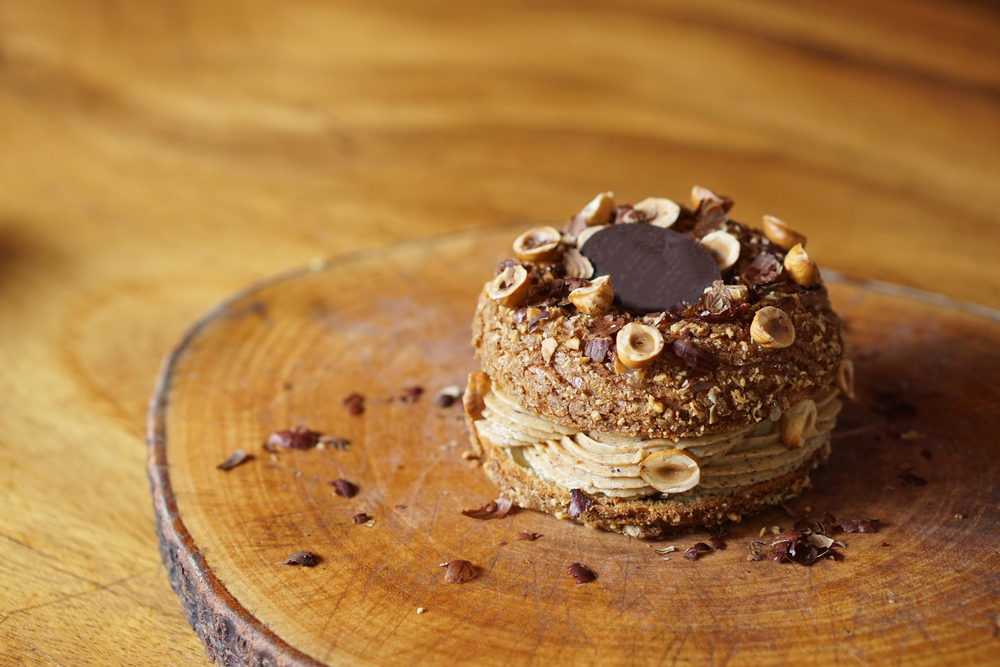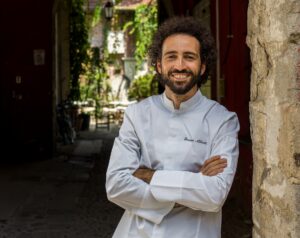Paris-Brest, religieuse, Saint-Honoré. These are just a few of the tasty traditional French pastries, now world famous and synonymous with culinary excellence and tradition centuries long.
La French pastries traces its origins to the ancient Middle Ages, when a distinction between cooks and pastry chefs was first enshrined, and sweets acquired their own identity, becoming the food that sanctifies holidays and underscores their importance.
It was precisely in the Middle Ages that blanc-manger, crêpes, flans and croissants made their first appearance, and with the marriage of Catherine de' Medici came the first ice creams, choux pastry was made, the work of, among others, the Italian Popelini, while centuries later, at the court of Versailles, Vatel invented the Chantilly cream.
A development, that of French pastry making, which found its greatest expression in the 19th century, when Antonin Carême published the work "The Royal Pastry Chef," a point of reference for many professionals thereafter in the preparation of millefeuilles, vacherin, savarin, profiterole, éclair e religieuse.
Even today the French pastry are not only appreciated all over the world but have become synonymous with culinary luxury, just think of the historic patisseries, where you can buy cakes and pastries, cared for in every detail, even in the packaging, as if they were jewels.
Among the most beloved desserts are definitely the tarte tatin but also:
- La religieuse
- The Paris-Brest
- L'éclair
- The millefeuille
- The macaron
- La Saint-Honoré
- L'Opéra
- La fraisier
Italian Food Academy's Course in French Sweets.
Italian Food Academy organizes the Specialty course in French desserts, where it is possible to learn, in a full immersion training, all the techniques of preparing the traditional pastries from beyond the Alps.
The course, which includes a preparatory study phase on IFA Platform with Webinars and a 20-hour course aimed at the release of theHACCP level III certificate, also sees a 32-hour Classroom Phase, during which the following topics are explored in depth:
- History of French pastry
- Tools and equipment
- Preparation techniques
- Eclair
- Tarte tatin
- Tarte au citron meringuee
- Vacherin
- Savarin au rum
- Molleux au chocolat
- Macarones
- Madeleines
- Profiteroles
- Modern Entremet
- Fruit Parfait
- Fruit coulis and crunchy waffles
- Fruit and chocolate mousse
- Tarte brûlée
To make reservations at the next edition of the course or to request any information, simply fill out the form With their own data, by clicking here.













